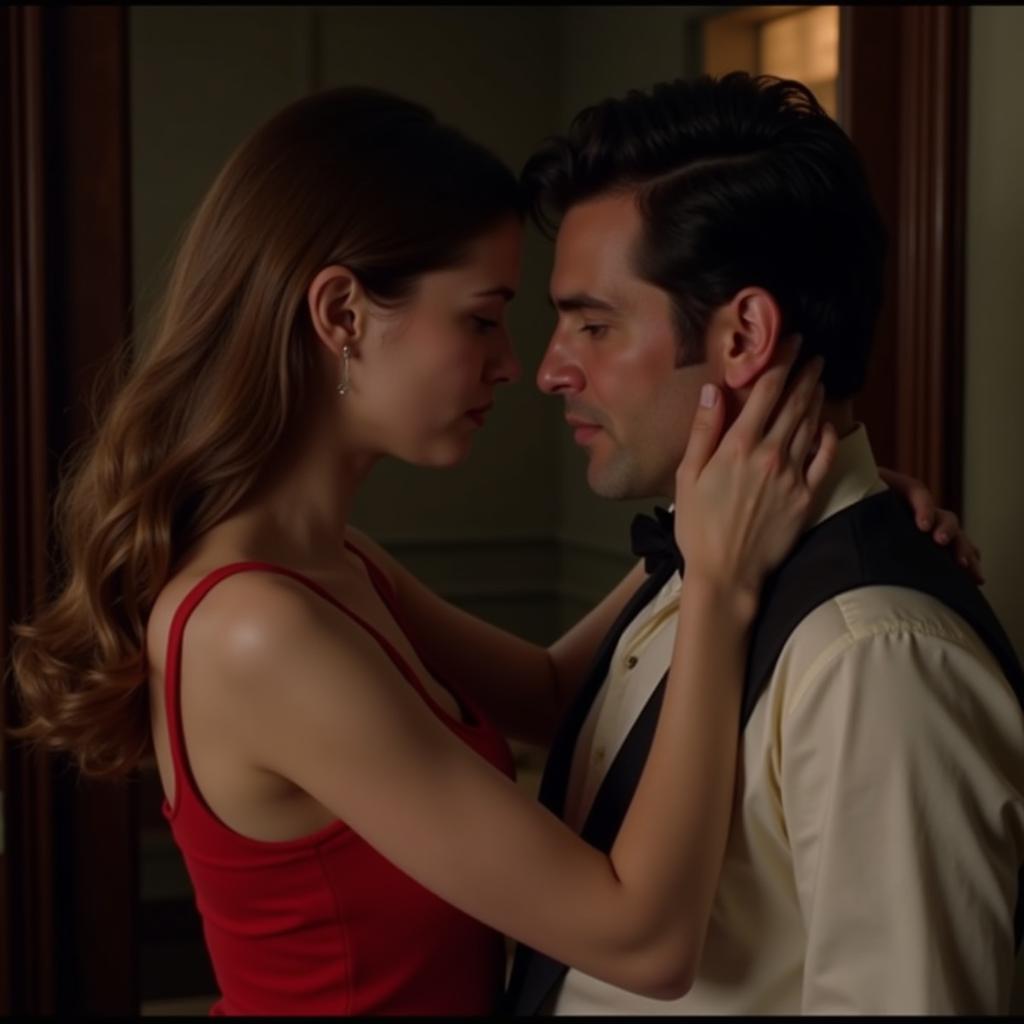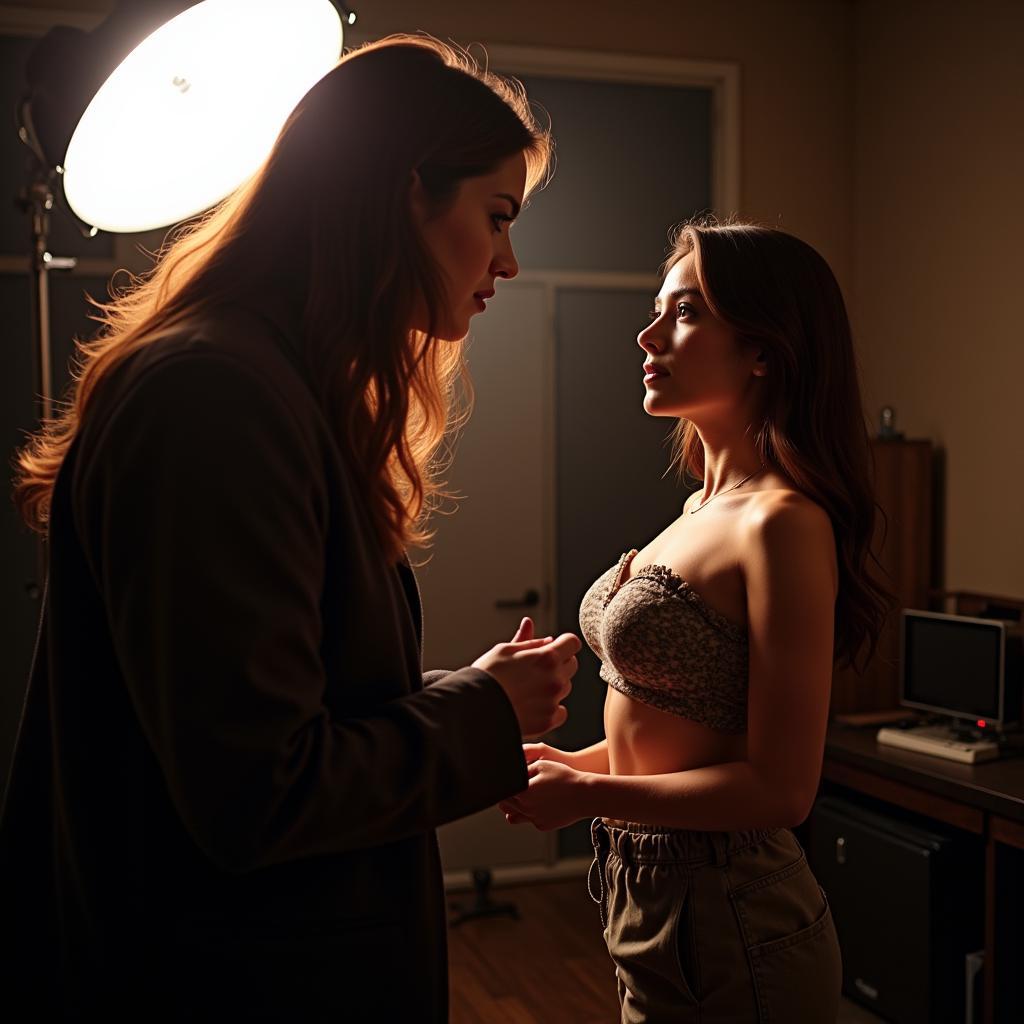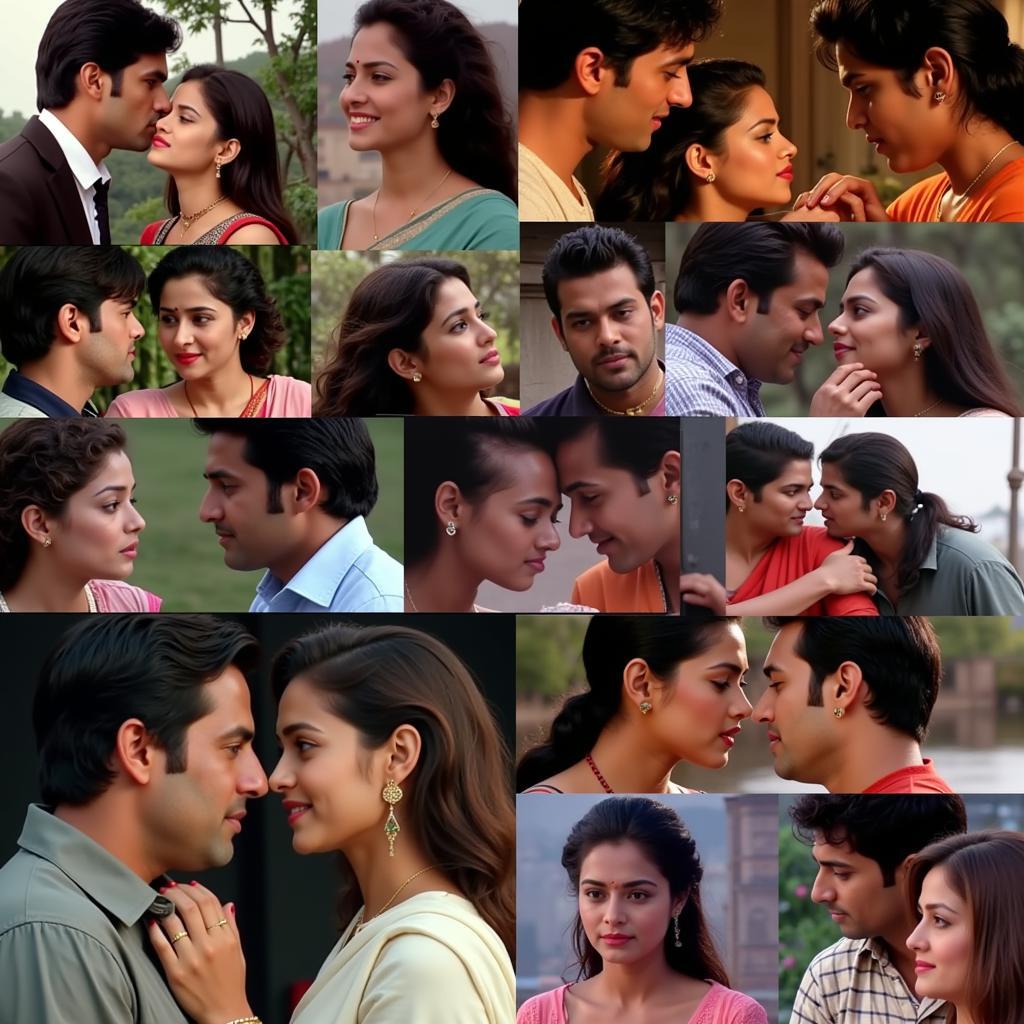Erotic sex scenes have been a subject of fascination and debate in cinema since its inception. Their presence in films can range from subtle suggestions to explicit depictions, sparking conversations about artistic expression, censorship, and societal norms. While some argue that such scenes are gratuitous or exploitative, others view them as integral to storytelling, character development, and exploring complex themes of intimacy, desire, and human connection.
A Lens into the Human Experience: Why Erotic Sex Scenes Matter
 Exploring Intimacy: Erotic Sex Scenes and Character Development
Exploring Intimacy: Erotic Sex Scenes and Character Development
One of the primary arguments for the inclusion of Erotic Sex Scenes In Movies is their ability to offer a glimpse into the human psyche. Just like any other scene in a well-crafted film, these intimate moments can reveal vulnerabilities, power dynamics, and unspoken desires. They can showcase the evolution of a relationship, the rawness of heartbreak, or the exhilaration of newfound love.
Think of the iconic pottery scene in “Ghost” – a testament to how eroticism can be intertwined with tenderness and emotional connection. The scene transcends mere physicality, becoming a symbol of enduring love and longing. Similarly, films like “Call Me By Your Name” and “Brokeback Mountain” utilize intimate scenes to explore the complexities of forbidden love and self-discovery, sparking conversations about societal acceptance and personal identity.
A Catalyst for Controversy: Censorship and Shifting Societal Norms
The portrayal of sex in film has always been intertwined with evolving societal norms and censorship battles. What was considered taboo decades ago might be commonplace today. This evolution is a testament to the power of cinema to reflect and challenge societal attitudes towards sexuality.
The Hays Code, enforced in Hollywood from the 1930s to the 1960s, serves as a prime example of how censorship shaped cinematic portrayals of sex. The code’s strict guidelines led to creative workarounds, often relying on innuendo and suggestive imagery. However, the sexual revolution of the 1960s brought about a seismic shift, paving the way for more explicit content and challenging traditional notions of morality on screen.
Finding the Balance: Authenticity, Exploitation, and the Male Gaze
 Beyond the Male Gaze: The Rise of Female Directors and Intimacy Coordinators
Beyond the Male Gaze: The Rise of Female Directors and Intimacy Coordinators
A crucial aspect of depicting erotic sex scenes responsibly lies in avoiding exploitation and the male gaze. The male gaze, a term coined by film theorist Laura Mulvey, refers to the tendency of visual media to present the world from a heterosexual male perspective, often objectifying women.
Fortunately, the rise of female directors and a greater emphasis on diverse storytelling is challenging this gaze. Films directed by women, such as “Fish Tank” and “Portrait of a Lady on Fire,” offer nuanced and authentic portrayals of female desire and sexuality.
Moreover, the increasing presence of intimacy coordinators on film sets marks a significant step towards ensuring the well-being of actors and fostering a safe environment for exploring intimate scenes. Intimacy coordinators work closely with directors and actors to choreograph intimate moments, ensuring clear communication, consent, and respect.
Conclusion: A Complex Tapestry of Art, Society, and Human Connection
Erotic sex scenes in movies continue to be a subject of ongoing discussion and debate. When handled with care, they can enrich storytelling, challenge societal norms, and offer profound insights into the human condition. By promoting responsible filmmaking practices, fostering diverse voices, and engaging in thoughtful dialogue, we can continue to explore the power and complexity of intimacy on screen.


